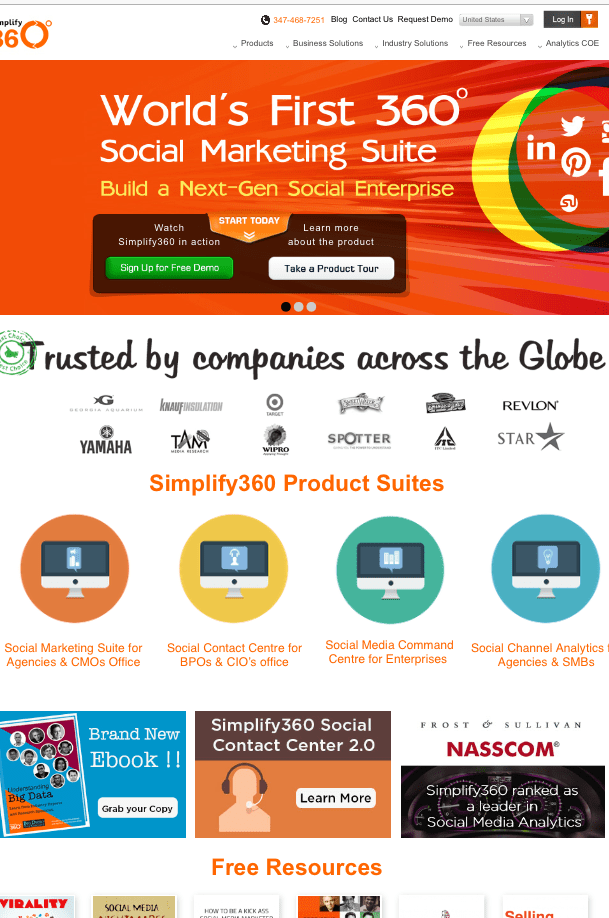
Flappy Bird, a game you can barely play for more than a few seconds without throwing your phone across the room in frustration, is dominating the App Store and Google Play.
In an App Store first, an indie game developer from Hanoi, Vietnam, Nguyen Ha Dong, has 3 apps in the top 10 rankings right now, which is not only odd because the publisher has seemingly come out of nowhere with these viral hits, but also because there’s no cross-promotion built into the games themselves.
The other two titles, Super Ball Juggling (currently #2) and Shuriken Block (#6) instead seem to be benefitting solely from the word-of-mouth success of #1 free app, Flappy Bird itself. 
As for the Flappy Bird game, its deceptively simple appearance with graphics that harken back to the era of 8-bit gaming, is actually one of the hardest games you’ll ever play. And yet the gameplay involves nothing more than tapping your screen to keep a flying bird from running into green pipes that look like they’ve been snatched out of Super Mario Bros. Yes, that’s the extent of it. There’s no other challenge or story.
But good luck, gamers, because if you can get a score in the double digits, you’re some kind of god here. In fact, it’s a game that’s so irritatingly impossible, and yet somehow so addictive, that it seems like it’s been designed more so to have its players run to tell their friends about it, rather than master the skill set it requires. (Though some, of course, have done that too.) After the hundredth time you play it, having only a score of, say, five, it’s like you’re unable to keep quiet about the darned thing.
A simple built-in “Rate” button, one of only a few in the game besides “Start,” “Score,” and a pause button which you’ll probably die if you try to use, allows you to share your frustrations on the app store, while its “Share” counterpart helpfully lets you tell your friends on Facebook, Twitter, SMS or email. “This sucks! You have to try it,” is how those invites generally read. The game is not for everyone, to be clear. It’s kind of an awful little thing that you can even play in spare chunks of time when you only have seconds (maybe not even minutes!) to kill in between some other activity.
As you quickly die and die and die again, the urge to press “OK,” and “Start” seems impossible to resist, so you continue to re-spawn your stupid little bird and try to pass your best score. Overheard at TechCrunch, discussing the game: “Flappy Bird is the downfall of humanity.”
To date, some 300,000 users have rated Flappy Bird, many leaving lengthy reviews with suggestions, requests, and general venting: “The only reason why I have not yet deleted this horrid game is the overwhelming sense of relief and accomplishment I feel when I finally beat a high score,” writes one. “I assume this feeling will soon consume you, too, but don’t say you were never warned.” “Let me start by saying DO NOT download flappy bird…People warned me about it, but I didn’t care,” wrote another. “My life is over. Your life is over. The world is over,” said a third with dramatic flair.
So now the question is, who the heck made this thing? And why did it get so popular?
What we do know is that game developer 29-year old Nguyen Ha Dong runs an indie game studio called .GEARS based in Vietnam. (This appears to be true, given that the site is registered to someone with the same name in Hanoi, Vietnam.) He says he’s been making games for four years. Explains the website, “mostly, we’re making arcade games that are bite-sized, take no more than a few minutes of playing right on smartphones and tablets.
Our work is heavily influenced by retro pixellated games in its golden age. Everything is pure, extremely hard and incredibly fun to play.” So yes, they actually mean to frustrate you to the point of insanity, in case you weren’t sure. Beyond that, Dong is intent on avoiding publicity, which of course, adds to the mystery surrounding Flappy Bird. He has turned down several requests for interviews, and when we sent over some questions about his background, he replied “I’m not comfortable with being exposed.”
Dong’s internet presence has been fairly low-key until now. He has a Twitter account, and has hung around on HTML5gamedevs.com, discussing development. But the .GEARS site is pretty basic, with no mention of who’s behind the games, or what they’re all about.
In an interview with TechCrunch via email, Dong says he’s the sole creator at .GEARS. He explains that the programming in Flappy Bird took 2-3 days to complete, and he reused artwork from other titles. “.GEARS is not a company,” he notes. “It is just myself now but I have to use term ‘we’ to prepare for changes in the future. Before ‘Flappy Bird’, none of my games have 1/100th of that popularity.”
Charts To Die For (And Die For, And Die For, And Die For)
Meanwhile, as Dong remains semi-anonymous, mobile developers and marketers are going crazy over the game’s app store charts. How did a title, released back in May 2013, end up at the top of the App Store? When and how did the viral effects kick in?
Well, the “when” part can be more easily answered, thanks to resources like App Annie. Sometime around the beginning of this year, the app stopped its usual rise and fall pattern, and hit the top charts in Family, Games and Overall.
And there it has stuck. The game is ad-supported, and built using Dong’s own framework on iOS and AndEngine on Android, he explained on Twitter. The ads run at the top of Flappy Bird, but the game doesn’t directly point users to Dong’s other titles.


As for “how” Flappy Bird went viral, that’s a bit murkier. Flappy Bird is getting 2-3 million downloads per day on iOS and Android, Dong tells us. But the game doesn’t have the hallmarks of a paid promotion – that is, a top position achieved though ads or paid downloads. Dong, answering questions on Twitter, claims this, too.
In response to someone wondering if Flappy Bird’s success is really organic, he writes: “It is hard to believe, I understand. I have no resources to do anything else beside uploading the game.” He also says the Flappy Bird Twitter, Facebook and Instagram accounts are not his. “The popularity could be my luck,” he said to Chocolate Lab Apps, during an interview.
Chocolate Lab Apps‘ Elaine Heney suggests that writing the ‘best’ review of Flappy Bird may have even become a ‘sport’ of sorts. People are competing to write the most ridiculous and descriptive reviews of the frustrating game — leading to a stream of reviews that utilizing the #flappybird hashtag on Twitter.
He reconfirms this to TechCrunch, adding, “I don’t know how my games can be so popular. Most of my players are kids in schools. I would like to thanks them for playing my game and sharing it to other people.” Others are more skeptical, saying basically, there’s no way these games could go viral the way they did, especially because of their age.
As for the games’ difficulty, Dong claims that in his games, there are no impossible situations that players cannot pass. “In all my games, the score of Platinum Medal was my best score when I released the apps,” he tell us.
The tip, he notes, is to not push “too hard and too fast.” Going forward, Dong says he plans to update Flappy Bird, Super Ball Juggling, and Shuriken Block right now. He’s also trying to release a new iOS game with the cat in his HTML5 game Smashing Kitty, but it will use different mechanism. “I hope you can see both updates and my new game on the App Store next week.”

 For Zynga, this has never been the case. The focus on growth and lack of true product innovation (the company has largely been one that has created knock-offs of other games) has resulted in a company that appears to lack real direction and whose relevance has largely faded over the past year.
For Zynga, this has never been the case. The focus on growth and lack of true product innovation (the company has largely been one that has created knock-offs of other games) has resulted in a company that appears to lack real direction and whose relevance has largely faded over the past year. The problem right now is that many companies seem to be operating under the total misconception that growth fixes all. That leads them to bring on self-proclaimed “growth hackers” who rapidly acquire more customers through spammy viral techniques, but when those customers don’t engage, or — worse — have bad experiences and tell their friends about it, that growth curve crashes. By that point your growth hacker is on to his or her next gig, and you’re left with what you had to begin with: a product that either hasn’t found its audience yet or hasn’t yet given people a reason to engage with it.
The problem right now is that many companies seem to be operating under the total misconception that growth fixes all. That leads them to bring on self-proclaimed “growth hackers” who rapidly acquire more customers through spammy viral techniques, but when those customers don’t engage, or — worse — have bad experiences and tell their friends about it, that growth curve crashes. By that point your growth hacker is on to his or her next gig, and you’re left with what you had to begin with: a product that either hasn’t found its audience yet or hasn’t yet given people a reason to engage with it.























